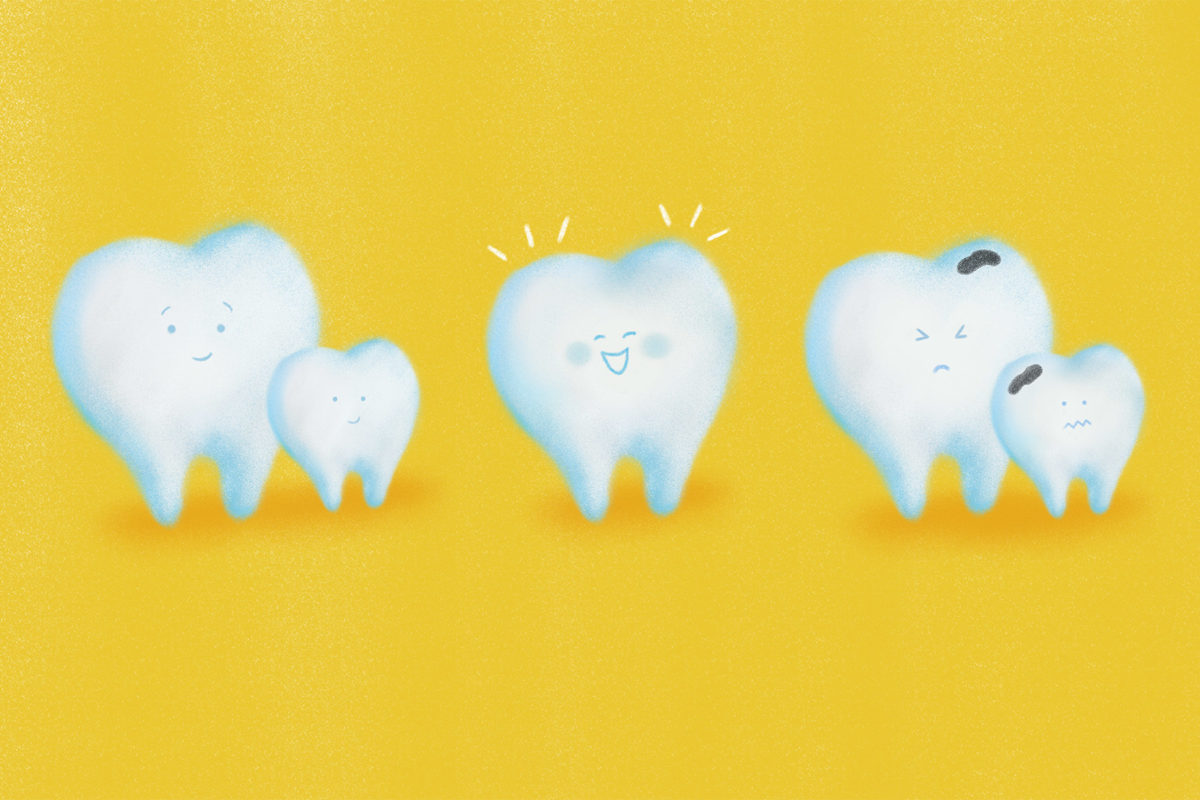Teeth Care for Dogs and Cats
Do you brush your teeth?
Hopefully, the answer was yes! Now how about your dog or cats’ teeth? Possibly the answer was no.
Many people will remember a time when pets rarely had any dental work done, let alone tooth brushing, but this is becoming less of the norm for our pets as veterinary anaesthesia and dentistry evolve. This is a fantastic opportunity to increase the quality of our pets lives through dental care.
Dental disease is present in 80% of dogs and 70% of cats over 3 years old. As the amount of plaque and tartar increases with time, it spreads under the gumline and the bacteria cause the breakdown of the ligament that holds the tooth into the bone socket. As this progresses it eventually causes the death of the tooth which is painful and can also lead to infections. There is also a potential for dental disease to affect other organs in the body.
Just like us taking a trip to the dentist for a teeth clean, veterinarians can professionally scale and polish your pets’ teeth. This removes the plaque and tartar causing the damage to the teeth. They do a full oral examination and probe all the teeth to look for potential problems and address anything we find. Once your pets’ teeth are clean again, it’s then over to you to continue with the homecare. This can have a big impact on how healthy teeth stay long term.
The goal is to try and brush your pets’ teeth once daily. With a bit of patience and training, almost all dogs and cats will tolerate tooth brushing. It is important to use toothpaste for pets as human toothpaste can cause side effects. Try using either a soft children’s toothbrush or a finger brush coated with pet toothpaste and let your pet sniff/taste the toothpaste. Then gradually build up to touching the teeth with the toothbrush and then brushing. Small daily steps will help your pet to relax and eventually enjoy the experience.
Specific dog and cat foods have been developed to aid in the prevention of dental disease. The large biscuits act as a ‘mechanical cleaner’ and the biscuit sticks (like chewing gum) to the plaque and removes it, helping to keep the big molar and premolar teeth healthy. Whilst these diets are good at cleaning the big back teeth, they are not so useful for front teeth as they are not involved in the chewing process.
Chew toys are beneficial if they are used often so you need to encourage your dog to play with the chew toy on a regular basis. Sometimes adding ‘treats’ onto the toy (e.g. soft cheese) can increase your dog’s willingness to chew on the treat.
Be cautious of treats and mouthwashes promising ‘miracle cures’. I personally recommend looking for the VOHC stamp on any treat etc. This seal is only awarded to products that meet or exceed the Veterinary Oral Health Council Standard for slowing down the rate of accumulation of tartar and plaque on teeth.
In conclusion, a combination of veterinary cleaning and home care is a great way to keep your pets’ teeth nice and healthy which in turn will make your pet happier too! Some veterinary clinics will offer free dental checks and advice on dental care so it’s always worth popping in for a chat on what might work best for you and your pet.




